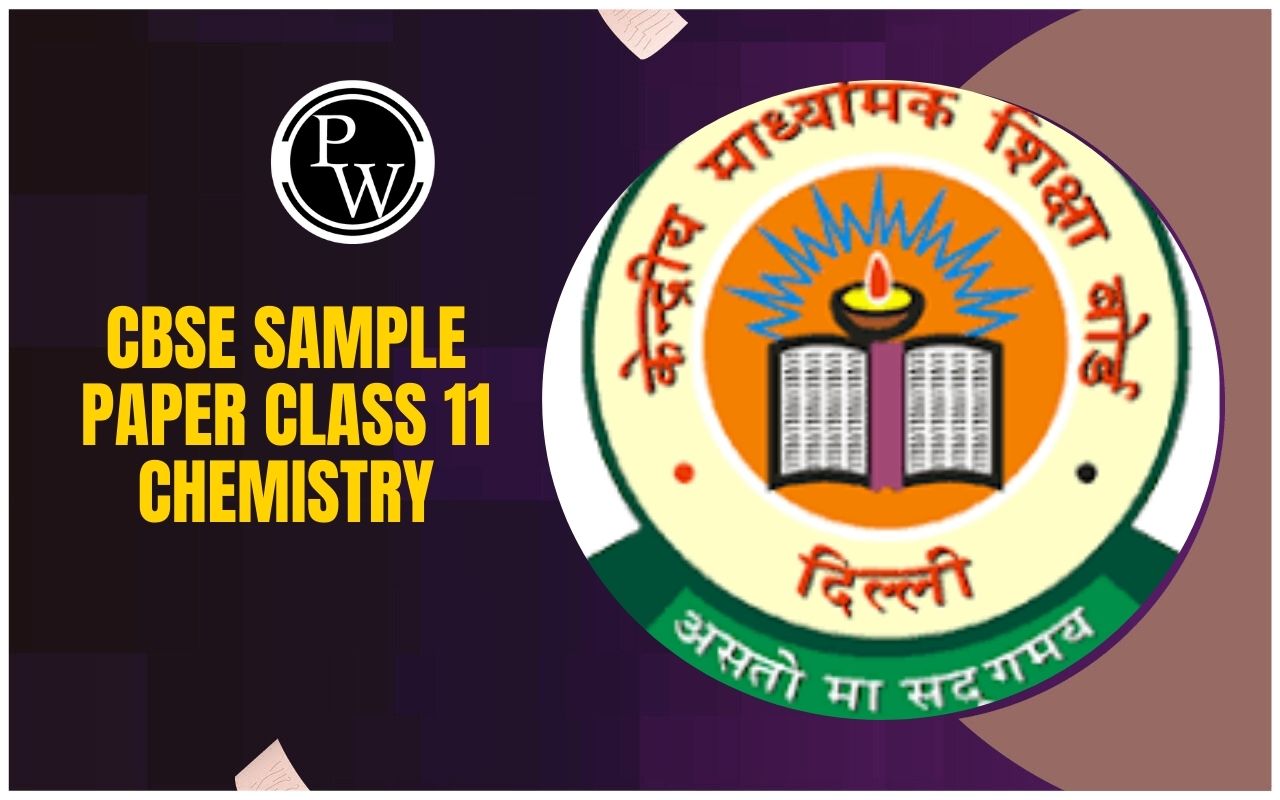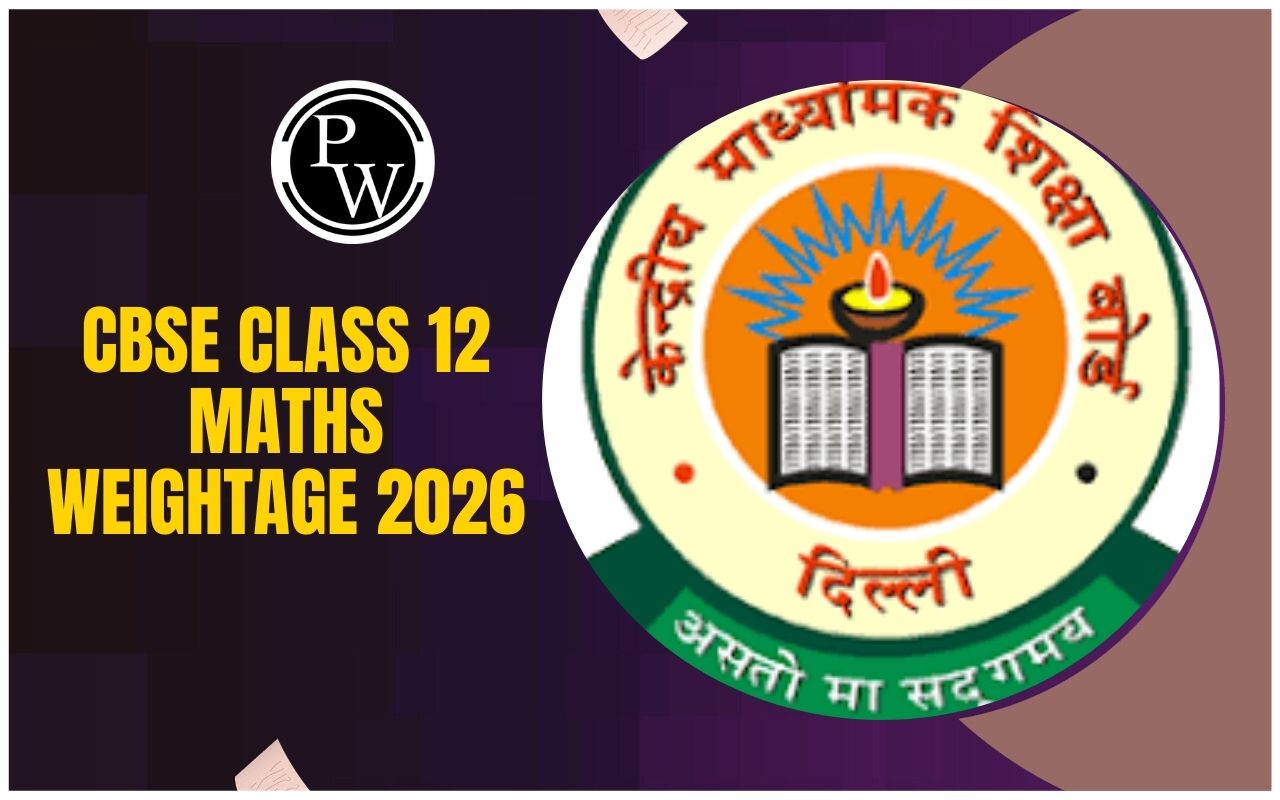
Latent Heat of Fusion Formula: The latent heat of fusion, often simply referred to as "heat of fusion," is the amount of heat energy required to change a substance from a solid to a liquid state at its melting point, without changing its temperature. This concept is a vital component of phase transitions and is key to understanding how substances transition from one state to another.
Formula for Latent Heat of Fusion
The Latent Heat of Fusion Formula is straightforward:
Q = m L f
Where:
Q is the heat energy absorbed during change of phase
m is the mass of the substance undergoing the phase change (in grams or kilograms).
L f stands for the latent heat of fusion (in joules per gram or calories per gram).
This formula quantifies the energy needed to overcome the forces holding the particles together in the solid state, allowing them to transition into the more disordered liquid state.
Examples of Latent Heat of Fusion
Latent Heat of Fusion Formula: Let's explore a few practical examples to grasp the concept better:
Example 1: Ice to Water
Consider a block of ice at its melting point, which is 0°C (32°F). To turn this ice into water without changing its temperature, it requires a specific amount of heat energy. The latent heat of fusion for ice is approximately 333.55 joules per gram. So, for every gram of ice, 333.55 joules of heat energy are needed to convert it into liquid water.
Example 2: Wax Melting
Wax is another substance that undergoes a phase change. To turn solid wax into liquid wax, a specific amount of heat energy, determined by its latent heat of fusion, is required.
Example 3: Freezing of Butter
When butter is cooled and transitions from a liquid to a solid state, it releases the same amount of energy as it absorbed when it melted. This energy exchange is governed by the latent heat of fusion.
These examples illustrate how latent heat of fusion is a fundamental concept in understanding phase changes and the energy transfer involved.
Also Check – Measurement Formula
Factors Affecting Latent Heat of Fusion
The latent heat of fusion is not a constant value for all substances; it can vary depending on the material and the conditions. Several factors influence it, including pressure and temperature. Higher pressures can alter the melting point and, consequently, the latent heat of fusion. Additionally, the presence of impurities can affect this value.
Solved Examples of Latent Heat of Fusion Formula
Question 1: A 100-gram ice cube is at its melting point. Calculate the amount of heat energy required to completely melt the ice.
Answer 1: To find the amount of heat energy required to melt the ice, we can use the formula for latent heat of fusion: Q = m * Lf. Given that m = 100 grams and the latent heat of fusion (Lf) for ice is approximately 333.55 joules per gram, the calculation is as follows:
Q = 100 g * 333.55 J/g = 33,355 joules
So, 33,355 joules of heat energy are required to completely melt the ice.
Question 2: A substance has a latent heat of fusion of 200 calories per gram. If 500 grams of this substance are melted, how much heat energy is absorbed during the process?
Answer 2: To find the heat energy absorbed, we can use the formula Q = m * Lf. Given that m = 500 grams and Lf = 200 calories per gram, you can convert calories to joules (1 calorie = 4.184 joules) and then calculate:
Q = 500 g * (200 calories/g * 4.184 J/calorie) = 418,400 joules
So, 418,400 joules of heat energy are absorbed during the process.
Question 3: A sample of wax with a mass of 50 grams is melted. The latent heat of fusion for this wax is 150 J/g. Calculate the total heat energy absorbed during the process.
Answer 3: To find the total heat energy absorbed, use the formula Q = m * Lf. Given that m = 50 grams and Lf = 150 J/g:
Q = 50 g * 150 J/g = 7,500 joules
So, 7,500 joules of heat energy are absorbed during the melting of the wax.
Also Check – Heat Flux Formula
Question 4: In a refrigeration system, 1 kg of a substance undergoes a phase change from a liquid to a solid. The latent heat of fusion for this substance is 300,000 J/kg. Calculate the amount of heat energy released during this phase change.
Answer 4: To find the amount of heat energy released, use the formula Q = m * Lf. Given that m = 1 kg and Lf = 300,000 J/kg:
Q = 1 kg * 300,000 J/kg = 300,000 joules
So, 300,000 joules of heat energy are released during the phase change from liquid to solid.
Question 5: A refrigerator contains 500 grams of water. If this water starts freezing, calculate the heat energy removed during the freezing process. The latent heat of fusion for water is 333.55 J/g.
Answer 5: To find the heat energy removed, use the formula Q = m * Lf. Given that m = 500 grams and Lf = 333.55 J/g:
Q = 500 g * 333.55 J/g = 166,775 joules
So, 166,775 joules of heat energy are removed during the freezing process.
Also Check – Transformer Formula
Question 6: A material with a latent heat of fusion of 180 calories per gram undergoes a phase change. If 250 grams of this material is involved, calculate the amount of heat energy absorbed during the phase change. (1 calorie = 4.184 J)
Answer 6: To find the heat energy absorbed, first convert calories to joules and then use the formula Q = m * Lf. Given that m = 250 grams and Lf = 180 calories per gram:
Q = 250 g * (180 calories/g * 4.184 J/calorie) = 376,680 joules
So, 376,680 joules of heat energy are absorbed during the phase change.
Latent Heat of Fusion Formula FAQs
Q1. What is the latent heat of fusion used for in daily life?
Q2. Why does ice melt at 0°C even when heat is applied?
Q3. How does the latent heat of fusion affect climate?
Q4. Can the latent heat of fusion be negative?
Q5. How is latent heat of fusion relevant to materials science?













